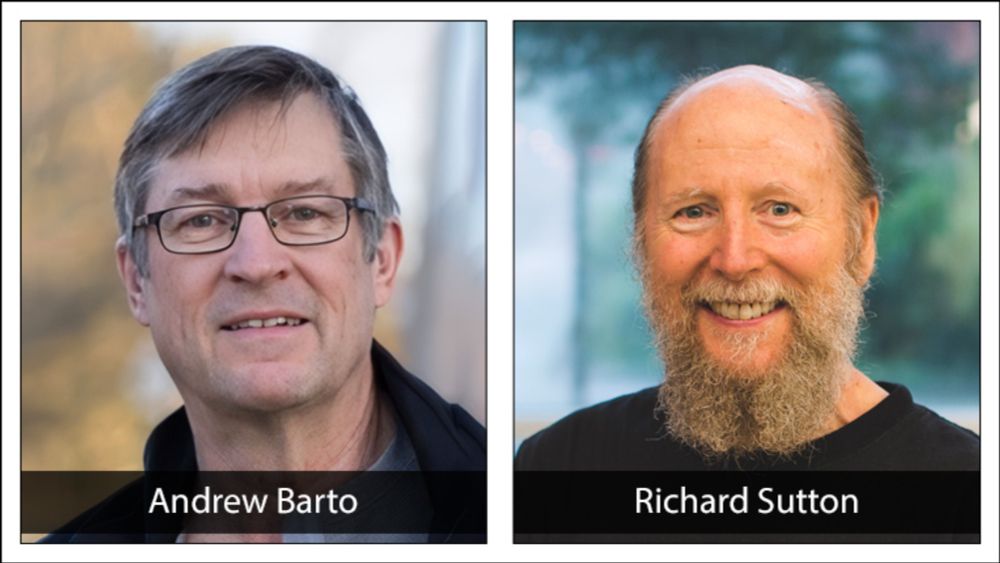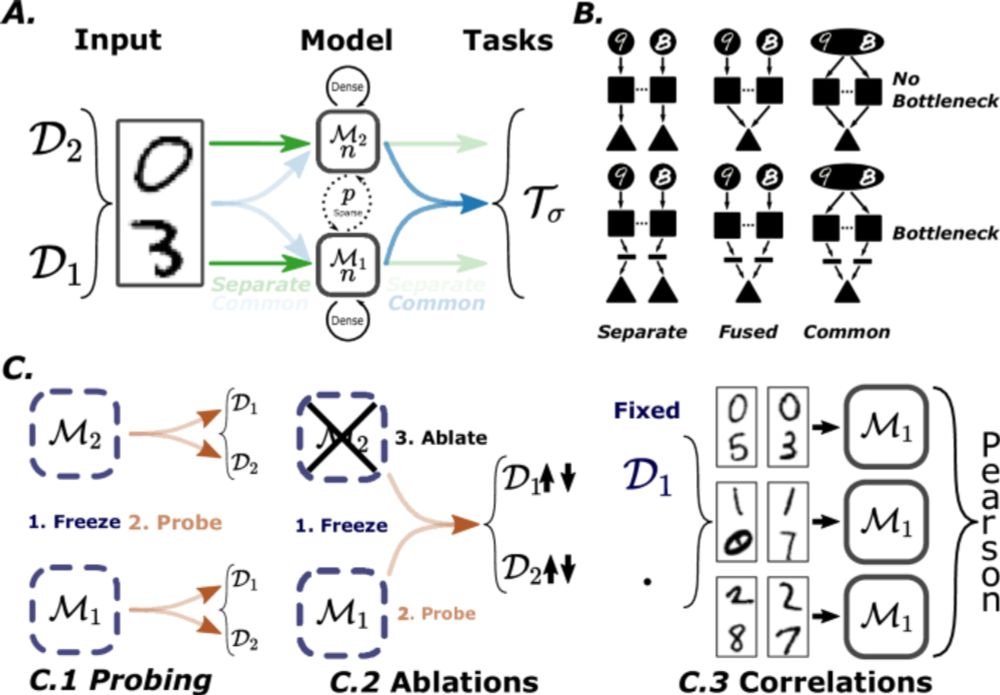
xiaoxionglin.com
https://www.bcf.uni-freiburg.de/about/people/lin
github.com/xiaoxionglin/dSCA
for leading this project.
Geometric properties of musical scales constitute a representational primitive in melodic processing
www.cell.com/iscience/ful...

for leading this project.
Geometric properties of musical scales constitute a representational primitive in melodic processing
www.cell.com/iscience/ful...
by @xuanyuwang.bsky.social, we show that the mesoscopic functional organization of the primate PFC reflects individual cognitive strategies and mnemonic abilities. 🧠 doi.org/10.1101/2024...

by @xuanyuwang.bsky.social, we show that the mesoscopic functional organization of the primate PFC reflects individual cognitive strategies and mnemonic abilities. 🧠 doi.org/10.1101/2024...
go see Lubna's talk (Friday) about distributed neural correlates of flexible decision making in 🐒,
work done in collaboration w/ @scottbrincat.bsky.social @siegellab.bsky.social & @earlkmiller.bsky.social

go see Lubna's talk (Friday) about distributed neural correlates of flexible decision making in 🐒,
work done in collaboration w/ @scottbrincat.bsky.social @siegellab.bsky.social & @earlkmiller.bsky.social







(this is one of those Zach-are-you-okay email generators, isn't it?)


awards.acm.org/about/2024-t...

awards.acm.org/about/2024-t...
Post: open.substack.com/pub/manlius/...
Podcast: creators.spotify.com/pod/show/com...
RSS: manlius.substack.com/feed
Enjoy! 🙏

Post: open.substack.com/pub/manlius/...
Podcast: creators.spotify.com/pod/show/com...
RSS: manlius.substack.com/feed
Enjoy! 🙏
From childhood on, people can create novel, playful, and creative goals. Models have yet to capture this ability. We propose a new way to represent goals and report a model that can generate human-like goals in a playful setting... 1/N

From childhood on, people can create novel, playful, and creative goals. Models have yet to capture this ability. We propose a new way to represent goals and report a model that can generate human-like goals in a playful setting... 1/N


villain: ...you see, I was an NIH-funded postdoc in 2025...

villain: ...you see, I was an NIH-funded postdoc in 2025...
www.nature.com/articles/s41...

www.nature.com/articles/s41...
www.cell.com/cell/fulltex...
CC @dlevenstein.bsky.social & @repromancer.bsky.social
#neuroscience 🧪

www.cell.com/cell/fulltex...
CC @dlevenstein.bsky.social & @repromancer.bsky.social
#neuroscience 🧪
www.nature.com/articles/s41...
#neuroscience

www.nature.com/articles/s41...
#neuroscience



